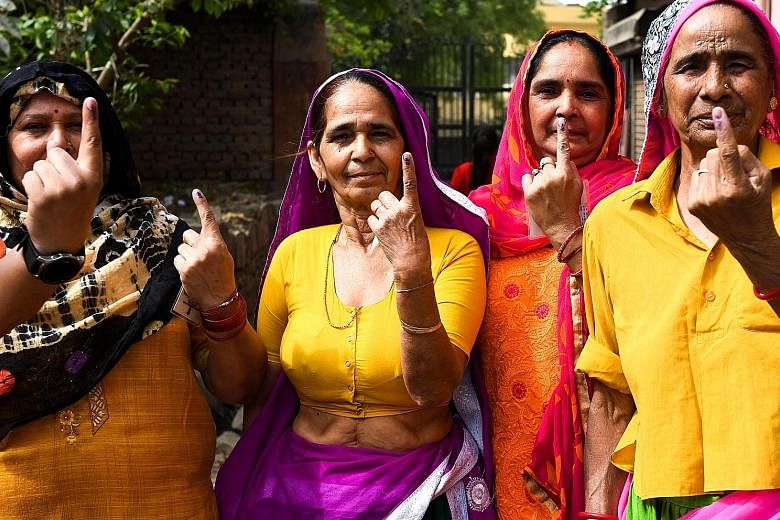The principle of "one vote, one value" is a cornerstone of any democracy. But it is one that has been increasingly distorted in India, with votes in certain parts of the country now holding greater value than those from others, eliciting calls to redress this fundamental electoral inequity.
This imbalance, which came under the spotlight in the recently concluded parliamentary elections, has come about because the state-wise allocation of seats in the Lower House of the Parliament, or the Lok Sabha, has been frozen since 1976 and does not take into account demographic changes after the decennial census in 1971.
Already a subscriber? Log in
Read the full story and more at $9.90/month
Get exclusive reports and insights with more than 500 subscriber-only articles every month
ST One Digital
$9.90/month
No contract
ST app access on 1 mobile device
Unlock these benefits
All subscriber-only content on ST app and straitstimes.com
Easy access any time via ST app on 1 mobile device
E-paper with 2-week archive so you won't miss out on content that matters to you


